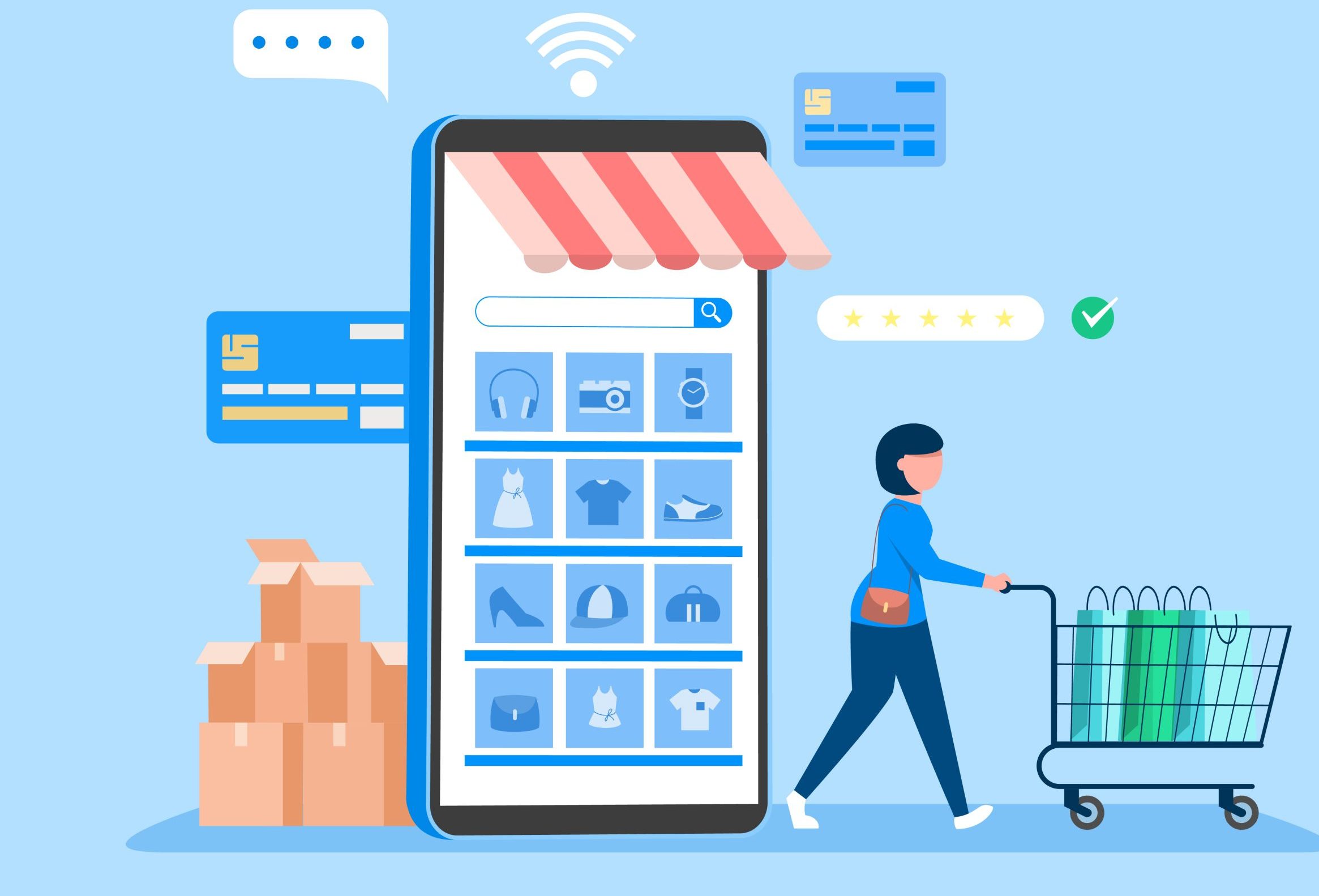Social media has officially grown up. What began as a place to connect and scroll has now evolved into a thriving, AI-powered marketplace. With platforms like Meta, Instagram, TikTok, and Pinterest blurring the lines between inspiration and purchase, shoppable social content is reshaping how brands sell and how consumers buy. And at the heart of this transformation? Artificial Intelligence.
The global social commerce market size was estimated at USD 1.16 trillion in 2024 and is projected to reach USD 17.83 trillion by 2033, growing at a CAGR of 36.4% from 2025 to 2033 owing to the increasing global penetration of social media platforms. This exponential growth underscores the massive shift towards in-app shopping experiences and the increasing influence of mobile-first consumers. Asia Pacific social commerce dominated the global market with the largest revenue share of 71.6% in 2024. As AI capabilities continue to mature, so will the consumer expectation for seamless, intuitive, and instant shopping experiences.
Let’s unpack how AI is redefining the future of social commerce—from discovery to checkout.
1. Discovery Becomes Delightfully Personal
The scroll has always been powerful, but AI makes it purposeful. With deep learning algorithms trained on user behaviour, preferences, and browsing history, platforms now surface hyper-relevant products right within the feed.
“For You” feed isn’t just about viral dances anymore – it’s also a real-time engine for product discovery, fueled by AI models that understand intent, interests, and purchase signals. Meta/Instagram Shopping catalogues leverage AI to recommend products based on user interactions, creator follows, and previous purchases. This personalisation is a key driver, with 91% of consumers more likely to shop with brands that provide personalised offers and recommendations. What once relied on hashtags and timing is now driven by relevance. The result? A smoother, faster path to purchase that feels tailor-made for each user.
2. Smart Creatives: From Influencer to Instantly Shoppable
AI is also helping brands and creators build content that converts. Using predictive heatmaps, platforms can now identify which elements in a creative (e.g., a dress, a sneaker, or even a lipstick shade) are generating the most engagement – and prompt purchase links accordingly.
Platforms like TikTok are experimenting with:
- TikTok is testing a new artificial intelligence tool for its e-commerce marketplace, TikTok Shop. This tool will be able to scan videos, identify items and recommend users to buy similar products through the platform. This might be critical as 78% of consumers prefer learning about products through short videos, making video commerce a dominant force in social commerce.
By making content instantly actionable, AI bridges the gap between inspiration and transaction, without ever needing users to leave the platform.
3. Conversational Commerce, Powered by AI Assistants
With the rise of chat-based shopping, AI is enabling a more interactive path to purchase. From automated DMs that recommend products to AI-powered virtual stylists, social commerce is getting a serious upgrade in usability.
- AI assistants can now be embedded within social platforms, answering questions, offering alternatives, and even upselling in real time.
- Brands are deploying AI chatbots in Stories or DMs that help users find the right size, colour, or bundle, all without human intervention.
This kind of frictionless interaction helps mimic in-store assistance, improving confidence and reducing drop-offs. In fact, according to Rep AI’s data, AI chat can increase conversion rates by 4X, with 12.3% of shoppers who engage with AI-powered chat making a purchase, compared to just 3.1% of those who do not.
4. Visual Search & Recognition: Snap. Tag. Buy.
Why type it out when you can just point and click? Visual search is gaining serious momentum, with AI leading the charge in object recognition and context matching.
- Pinterest Lens and Snapchat Scan let users snap a photo and discover shoppable matches.
- Reports suggest TikTok is trialling an auto product tag on pause experience, where AI detects items when a video is paused and offers interactive links to shop but it appears this is not an official global feature yet.
The global visual search market is experiencing substantial growth, with projections indicating a market value of $26.92 billion by 2030, growing at a compound annual growth rate (CAGR) of 9%. Demonstrating a significant increase in adoption. By turning passive browsing into active discovery, visual AI is unlocking entirely new behaviours and expectations around shopping.
5. Predictive Insights for Brands
Behind the scenes, AI is delivering real-time intelligence that helps marketers optimise their social commerce strategy.
- Which creative is driving conversions?
- Which audience segments are more likely to purchase?
AI models can now forecast these answers with growing accuracy, helping brands fine-tune everything from influencer partnerships to media spend. This translates directly to increased revenue, with retailers implementing AI-driven solutions reporting an average revenue increase of 19%.
What This Means for Marketers
Shoppable social is no longer just a nice-to-have iit’s becoming the new storefront. The key to winning in this space lies in understanding the AI underneath the user experience. From smarter targeting and dynamic content to predictive product suggestions and visual commerce, AI is quietly powering a new era of retail on social. For brands, it’s not just about being present on platforms. It’s about being intelligently present – with the right product, at the right time, in the right format.
In short? The future of shopping isn’t just social. It’s smart.




